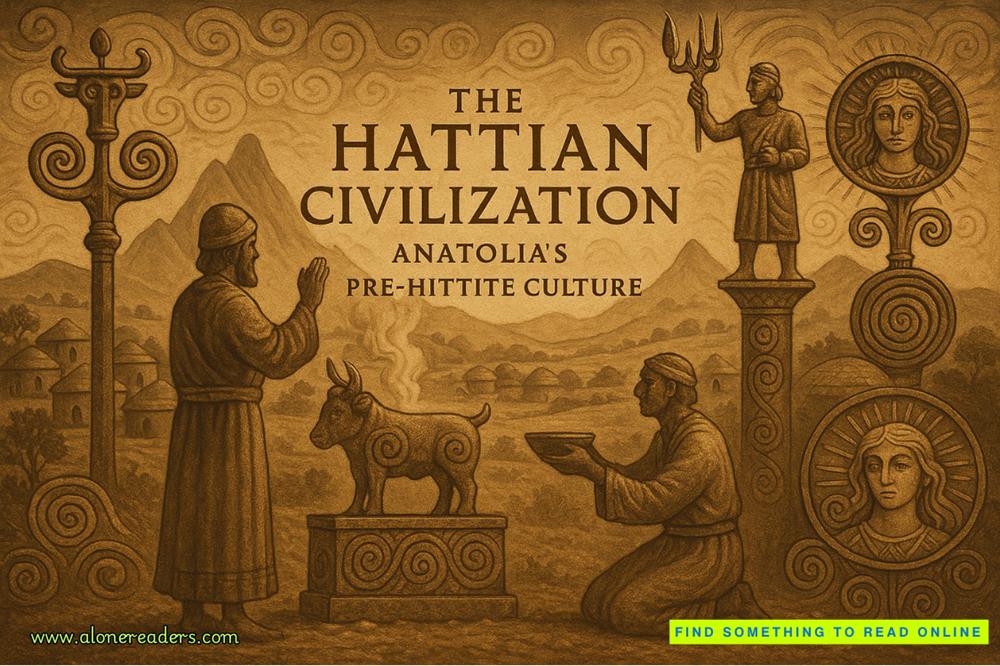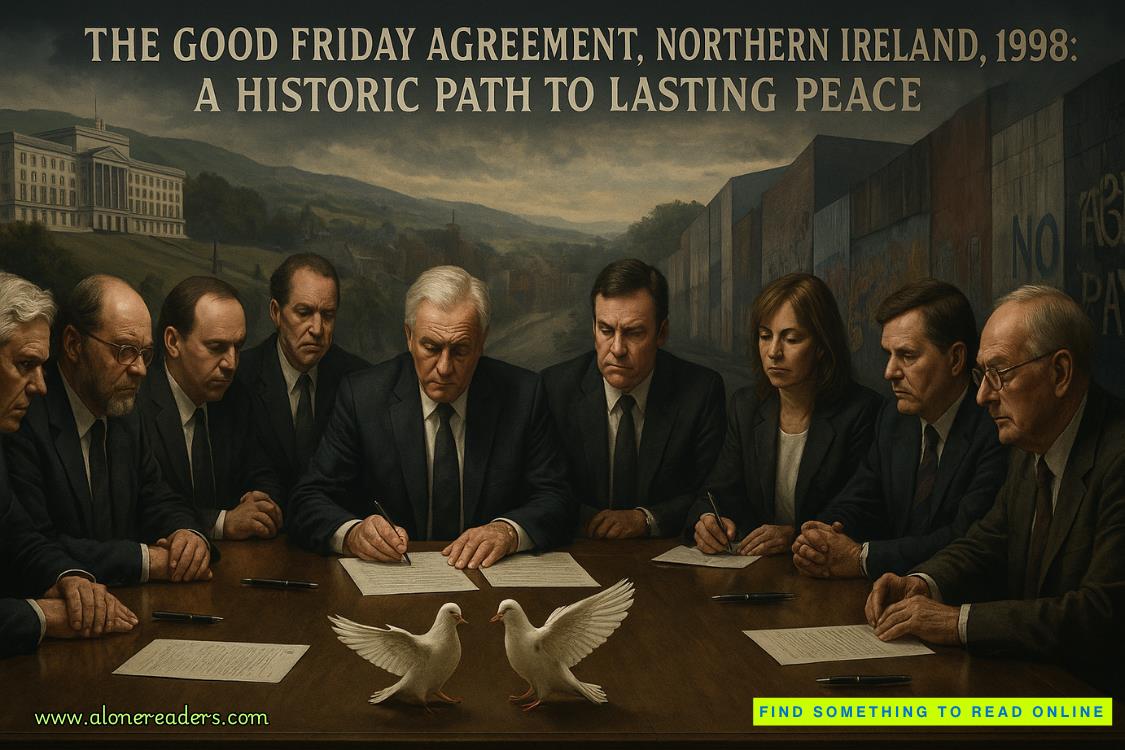Page 25 of The Kill List
There was one more item in the file. About 2009, a roaming preacher began to sermonize in the mosques along the peaks of North and South Waziristan. The CTC file gave him no name, saying only that he spoke Urdu, Arabic and Pashto and was a most powerful orator who could bring his audiences to extremes of religious exultation. Then, about 2010, he vanished. He had never been heard of in Pakistan since.
• • •
The two men sitting in the corner of the bar of the Washington Mandarin Oriental attracted no attention. There was no reason why they should. Both were early to mid-forties, both in dark suits with white shirt and neutral tie. Both looked lean and hard, slightly military, with that indefinable air that says “Been in combat.”
One was the Tracker. The other had introduced himself as Simon Jordan. He did not like to meet with complete strangers inside the embassy if it could just as well be done outside. Hence the meeting in the discreet bar.
Back in his home country, his first name was really Shimon, and his surname had nothing to do with any river. He was the head of station of the Mossad in the Israeli embassy.
The Tracker’s request was the same as he had placed with Konrad Armitage and the result was much the same. Simon Jordan also knew perfectly well who the Tracker was, what TOSA really did and, as an Israeli, thoroughly approved of both. But he did not have any answer at his fingertips.
“Of course, there is someone back home at the Office who will cover that part of the world, but I will have to put the question to him. You are, I suppose, in a hurry?”
“I’m an American. Are we ever anything else?”
Jordan laughed with genuine appreciation. He liked self-deprecation. Very Israeli.
“I’ll ask at once and request no delay.” He held up the card in the name of Jackson that the Tracker had given him. “I suppose this is a secure number?”
“Very.”
“Then I’ll use it. And on one of our secure lines.”
He knew perfectly well that the Americans would listen to anything coming out of the Israeli embassy, but allies try to maintain the courtesies.
They parted. The Israeli had a car waiting, with a driver at the wheel. It would take him to the door. He did not like to be ostentatious, but he was “declared,” which meant he might be recognized. Driving himself or taking a cab was not a wise way of avoiding a kidnap. Having a former Golani Brigade commando at the wheel and an Uzi in the back was better. On the other hand, he did not, like an “undeclared,” have to go through a lot of rigmarole involving double-backs and side entrances.
The Tracker, among his other habits that raised official eyebrows, did not like a chauffeur-driven car if he could avoid it. Nor did he like to spend hours in the gridlocks between downtown D.C. and his office in the forest. He used a motorcycle, with helmet and visor in a pannier under the seat. But it was not a rolling armchair; it was a Honda Fireblade, a transport with which there is not much point in arguing.
• • •
Having read the file from Javad, the Tracker was convinced, though he could not know it rightly, that Abu Azzam had fled the too-dangerous mountains of the Afghan/Pak border for what seemed the safer climes of the Yemen.
In 2008, al-Qaeda in the Arabian Peninsula, AQAP, was in its infancy, but among its leaders was an American-raised Yemeni called Anwar al-Awlaki, fluent in English with an American accent. He was establishing himself as a brilliantly effective online sermonizer, reaching out to the teeming diaspora youth of Britain and the U.S. He also became the mentor of the newly arrived, also English-speaking Pakistani.
Awlaki had been born of Yemeni parents in New Mexico, where his father was studying agriculture. Raised virtually as an American boy, Awlaki was first brought to Yemen, age seven, in 1978. He completed secondary education there, then returned to the U.S. for college in Colorado and San Diego. In 1993, age twenty-two, he went to Afghanistan, and it seems it was there that he converted to ultra-violent Jihadism.
Like most Jihadi terrorists, he had no Koranic scholarship at all, confining himself to extremist propaganda. But back in the States, he managed to become resident imam at the Rabat Mosque in San Diego, and at another in Falls Church, Virginia. On the threshold of arrest for passport fraud, he quit for Britain.
Here he traveled widely on speaking tours. Then came 9/11, and the West woke up at last. The net tightened, and in 2004 he left Britian and returned to Yemen. He was briefly arrested and imprisoned on kidnap and terrorism charges but was released after pressure from his influential tribe. By 2008, he had discovered his true slot—as a firebrand sermonizer, using the Internet as his pulpit.
And he had an effect. Several killings took place at the hands of ultras converted by listening to his lectures calling for murder and destruction. And he formed a partnership with a brilliant Saudi bombmaker named Ibrahim al-Asiri. It was Awlaki who persuaded the young Nigerian Abdulmutallab to agree to die by suicide bomb in an airliner over Detroit, and Asiri who built the undetectable bomb into his undershorts. Only a malfunction saved the plane—but not the Nigerian’s genitalia.
As Awlaki’s sermons became more and more effective on YouTube—he was regularly downloaded 150,000 times—Asiri became more and more skilled with his bombs. Eventually, both went on the kill list in April 2010. By then, he had been joined by his secretive and self-effacing disciple from Pakistan.
Two attempts were made to track him and destroy him: one involved the Yemeni army, who let him slip away when his village was surrounded; the other was when a U.S. missile from a drone destroyed the house he was supposed to be in.
But he had left.
Justice finally caught up with him on a lonely track in North Yemen on 30 September 2011. He had been staying at the village of Khashef and was identified by a junior acolyte, who took dollars to make the “squeal.” Within hours, a Predator, launched out of a secret pad in the Saudi desert across the border, was circling over him.
In Nevada, eyes watched the three parked Toyota Land Cruisers—the al-Qaeda vehicle of choice—in the village square, but permission to launch was denied because of the women and children nearby. At dawn on the thirtieth, he was seen to climb into the lead vehicle. The cameras were so good that when he looked up, his face filled the entire plasma screen at Creech Air Force Base.
Two Land Cruisers set off, but the third seemed in trouble. Its hood was up, and someone seemed to be working on the engine. Unbeknownst to the watchers, there were three more waiting to board that vehicle, and the U.S. would have liked them all.
One was Asiri the bombmaker himself. Another was Fahd al-Quso, deputy head under Awlaki at AQAP. He had been one of those behind the killing of seventeen U.S. sailors on the destroyer Cole in Aden harbor in 2000. He would later die in another drone strike in May 2012.
The third was an unknown to the Americans. He never looked up, his head was shrouded and masked against the dust, and no one saw that he had amber eyes.















